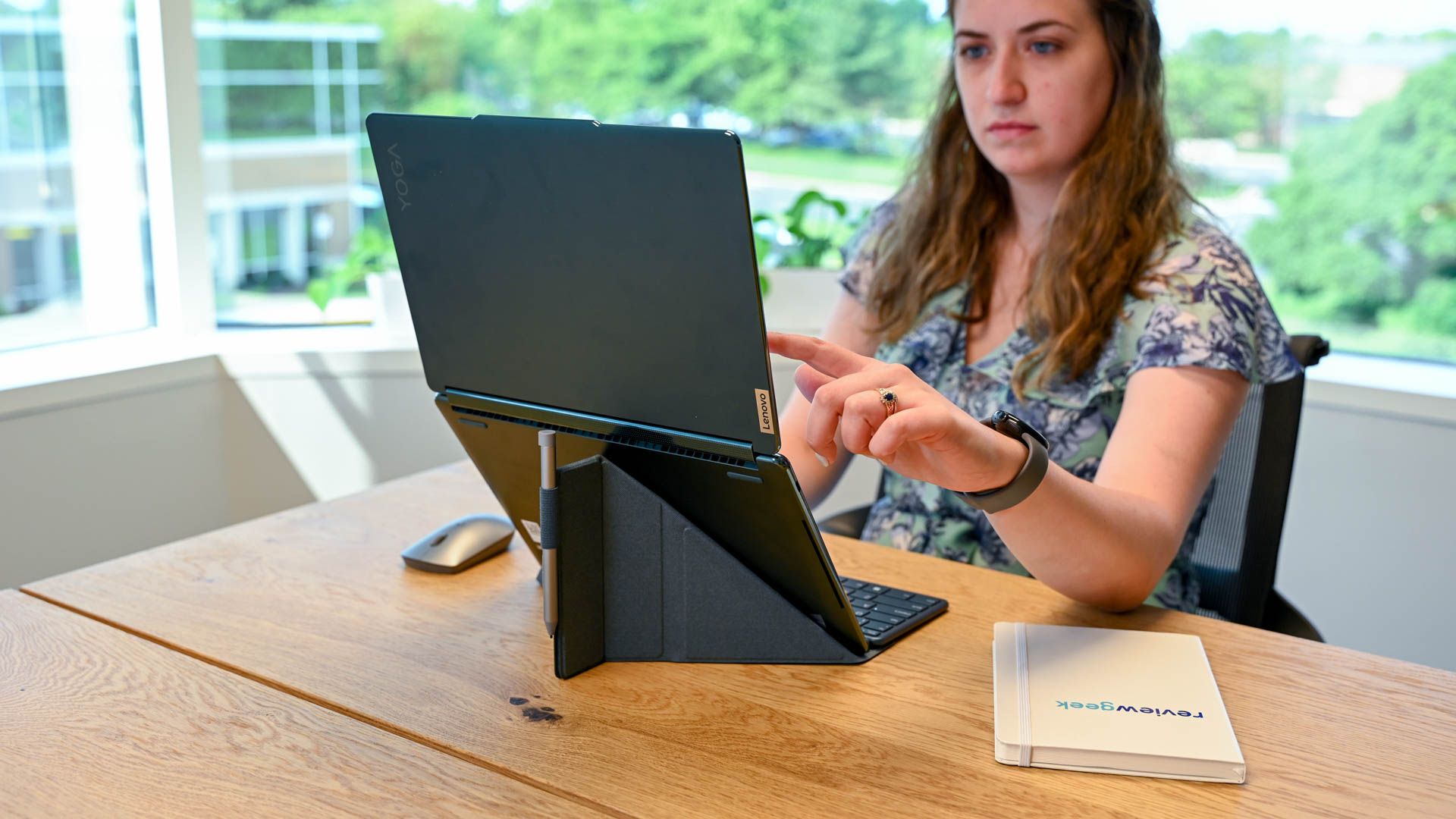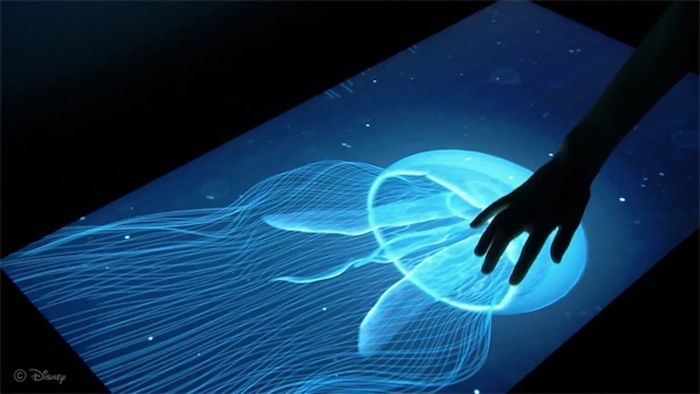
Key Takeaways
Tactile or haptic touch screens incorporate touch feedback for an immersive user experience. These screens, still in development, utilize technologies like electroosmotic pumps to create physical-like buttons on the screen. Despite promising applications, there’s no definitive timeline for their introduction into mainstream tech like smartphones, tablets, and car interfaces. The potential revolution in tactile feedback could revitalize the currently stagnant touchscreen technology market.
In the era of flat touch screens, tactile feedback remains a missing link. How soon will we feel virtual buttons under our fingers? Let’s dive into the science, applications, and expected arrival of tactile touch screens in our everyday tech.
What Are Tactile Touch Screens?
Tactile or haptic touch screens aim to create a more immersive and intuitive user experience by incorporating touch feedback into the interaction process. Unlike traditional touch screens that respond to finger taps and gestures but offer no physical feedback, tactile touch screens can create the sensation of pressing a button, rotating a dial, or performing other physical actions directly on the screen.
The Science and Engineering Behind Tactile Touch Screens
So how do tactile touch screens work? A great example comes from researchers at Carnegie Mellon University’s Future Interfaces Group, who have developed an innovative OLED screen technology. This technology uses electroosmotic pumps (EEOPs) to move liquids via electrical fields, creating pop-up buttons on the screen. Combined with a thin liquid reservoir and a flexible surface structure under the screen, these technologies can inflate specific screen areas to create tactile buttons.
The tactile buttons created by this technology are not just for show—they are solid enough to feel real when pressed, providing a sensation similar to that of physical buttons. The technology is still under development, with limitations including the ability to create only predetermined shapes and sizes. However, the Future Interfaces Group is actively working to overcome these limitations and improve the technology.
An Awesome Example of Tactile Touch Screens
While tactile touch screen technology is still in its developmental stages, the potential applications are exciting. For example, the Future Interfaces Group’s technology could potentially change how we work and play on touchscreen devices. Imagine performing office work on your tablet without attaching a physical keyboard, or playing mobile games with tactile touchscreen buttons. The technology could inflate specific parts of the screen depending on the app, creating a user experience tailored to each specific task.
All the way back in 2013, Disney’s research division showed off touch screens that could reproduce 3D textures, which means that you can feel the roughness of an on-screen object as you touch it. This magic uses a method known as “electrovibration” to trick the skin on your fingers into believing it’s touching a 3D texture. Unlike the inflatable solution above, the screen itself stays perfectly flat.
When Can I Buy a Tactile Touch Screen?
So, we’ve got this cutting-edge tactile touchscreen technology on the horizon, and it’s all very exciting. But when can we actually get our hands on it?
Well, that’s where things get a bit cloudy. We don’t have a firm timeline yet. Adoption by big-name manufacturers is still a “wait and see” scenario. But the potential of this tech is clear as day. It brings together the tangible security of physical buttons with the versatility of touch screens. It’s easy to imagine its application across a broad range of devices – from smartphones to PCs, tablets, and even car interfaces.
If we’re being honest, touchscreen devices have become quite boring in recent years, as there’s little need to do anything wacky. Folding phones are currently the height of being exotic, and that technology doesn’t seem to be making waves anymore, either. Bringing real tactile feedback to touch screens, on the other hand, promises to be a real revolution.







